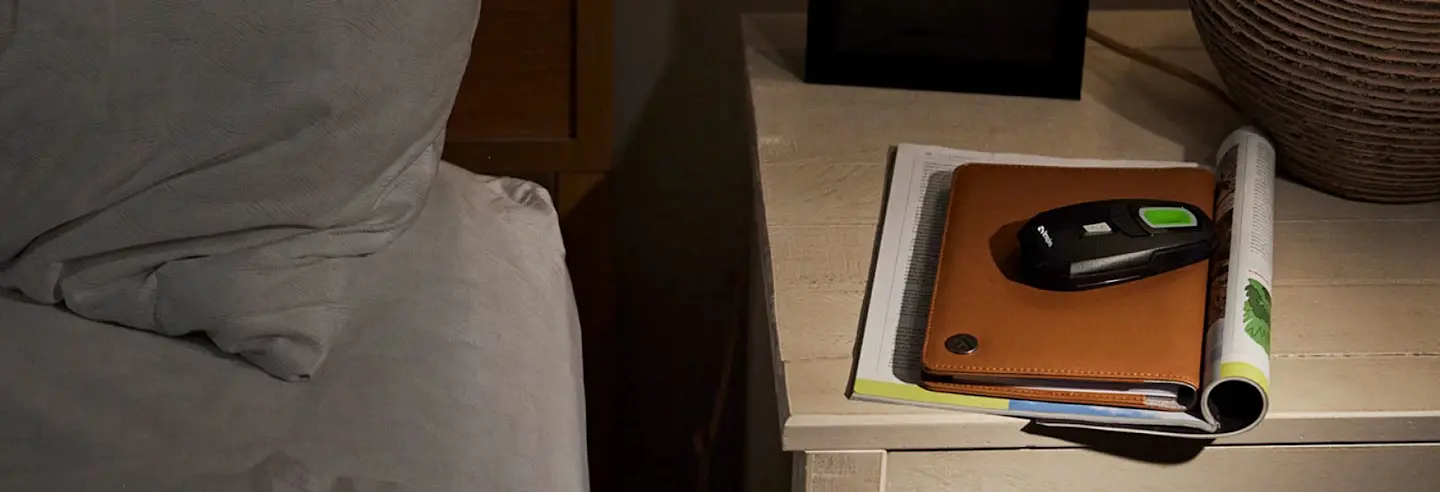Publications
Inspire has a robust library of research articles covering topics like the efficacy of different sleep apnea treatments, long-term results of those treatments, and factors influencing those results.

Publication library
Results of the ADHERE upper airway stimulation registry and predictors of implant efficacy
Thaler E, Schwab R, Maurer J, Soose R, Larsen C, et al. Laryngoscope, Sept 2019 [epub before print]
Conclusion: Across a multi‐institutional study, UAS implant continues to show significant improvement in subjective and objective OSA outcomes. This analysis shows that the implant effect is durable and adherence is high.
Upper Airway Stimulation for Obstructive Sleep Apnea (STAR Trial Results)
Strollo PJ, Soose RJ, Maurer JT, de Vries N, Cornelius J, et al. N Engl J Med 2014; 370:139-149
Conclusion: Upper-airway stimulation led to significant improvements in objective and subjective measurements of the severity of obstructive sleep apnea.
Upper Airway Stimulation for Obstructive Sleep Apnea: 5-Year Outcomes
Woodson BT, Strohl KP, Soose RJ Otolaryngology – Head and Neck Surgery, March 2018: DOI 10.1177/0194599818762383
Conclusion: Improvements in sleepiness, quality of life, and respiratory outcomes are observed with 5 years of UAS. Serious adverse events are uncommon. UAS is a nonanatomic surgical treatment with long-term benefit for individuals with moderate to severe OSA who have failed nasal continuous positive airway pressure.
Post-Approval Upper Airway Stimulation Predictors of Treatment Efficacy in the ADHERE Registry
Heiser C, Steffen A, Boon M, et al. European Respiratory Journal 2018; DOI: 10.1183/13993003.01405-2018
Conclusion: In a large multicenter international registry, UAS is an effective treatment option with high patient satisfaction and low adverse events. Increasing age and reduced BMI are predictors of treatment response.
Upper Airway Stimulation Response in Older Adults with Moderate to Severe Obstructive Sleep Apnea
Withrow K, Evans S, Harwick J, Strolo P Otolaryngology – Head and Neck Surgery, May 2019: DOI: 10.1177/0194599819848709
Conclusion: AHI reduction and implant usage were found to be somewhat higher among patients aged ≥65 years who were treated with UAS. Surgical complications were low, in contrast to traditional sleep surgery.
Comparing Upper Airway Stimulation to Expansion Sphincter Pharyngoplasty: A Single University Experience
Huntley C, Chou DW, Doghramji K, Boon M Am J Otolaryngol 2018 May – Jun;39(3):266-270
Conclusion: While both traditional surgery and HNS are effective treatments for patients with moderate to severe OSA with CPAP intolerance, our study demonstrates that HNS is “curative” in normalizing the AHI to <5 in the majority of patients. For select patients, HNS implant provides excellent objective improvement in outcome measures.